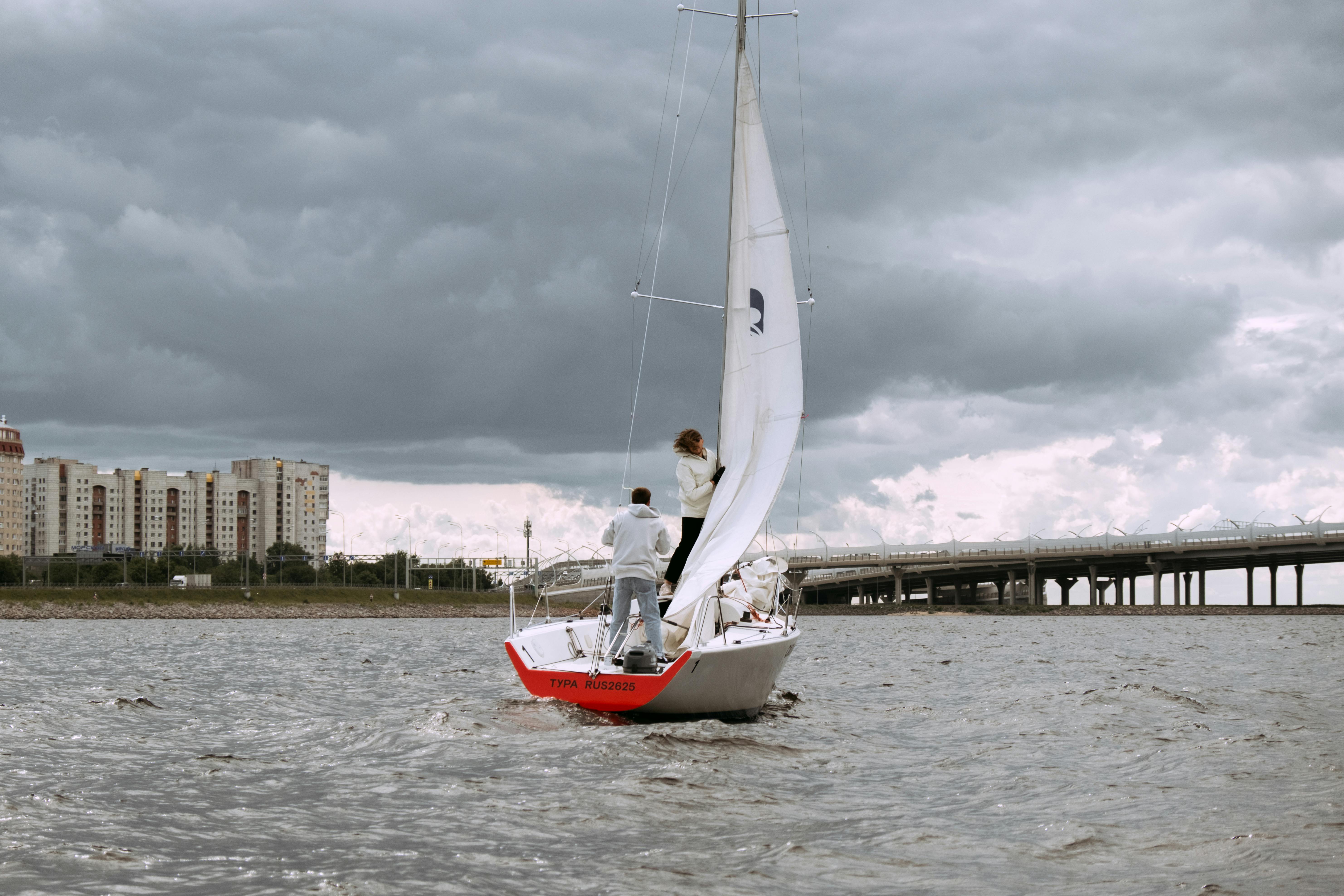Nan is one of the lesser known provinces in Thailand and is located in the northern part of Thailand in a valley surrounded by mountains. Due to its rugged and difficult terrain, Nan was a small kingdom until the 20th century. The city of Nan has some beautiful temples, but the most famous is the cruciform temple called Wat Phumin.
According to experts, Wat Phumin was built in 1596 and restored to its former glory during the reign of Chao King Ananta Vora Ritthi Det, who ruled from 1867 to 1874. The temple is unique and spectacular in appearance.
Wat Phumin looks as if it is built on the backs of two giant cobras. The temple, due to its cruciform shape, has four entrances. Just before each entrance, there is a corridor, and the corridor is decorated with carved doors. The eastern gate has Chinese demon guards, the northern gate has flowers, while the southern and western gates have Lanna-style decorations depicting forest life.
Even the interior of the temple is ornate. In fact, the interiors are considered a fine example of Thai Lue architecture. The roof is supported by 12 pillars made of teak. The pillars are decorated with elephant and gold motifs on a black and red lacquer base. The roof of the temple is a masterpiece of decoration and you will be amazed looking at it.
Right in the center of the bot is a flowery altar on which there are 4 Buddha images in Sukhothai style. Each Buddha image faces in all four directions and has its hand pointing toward the earth and fingers touching the ground, which is known as the classical Buddha-Invoking-Mother-Earth-to-Be-His-Witness style. Next to the altar there is a seat intended for monks who are teachers.
The walls of the temple have murals that are beautiful and colorful. The northern wall of the temple has scenes from Khattana Kumara Jataka, while the western wall has scenes from Nimi Jataka as well as scenes from local life of that time. On the west gate, there is a painting of a man whispering in a woman’s ear, while the south gate has a portrait of a man, believed to be that of King Chao Ananta Vora Ritthi Det.
